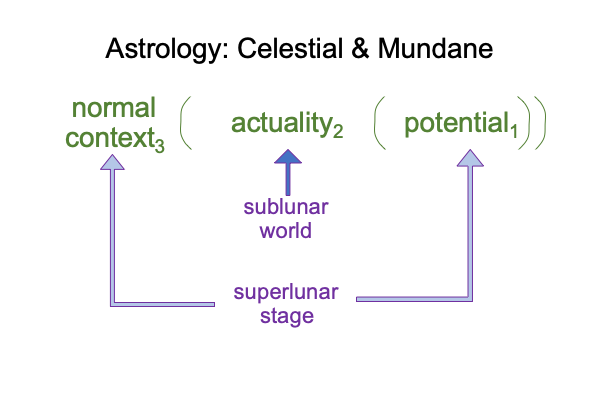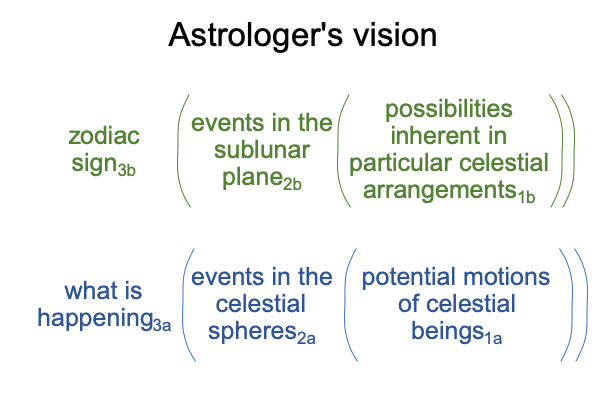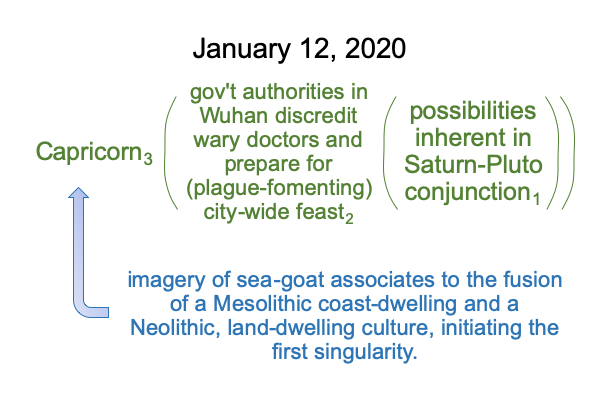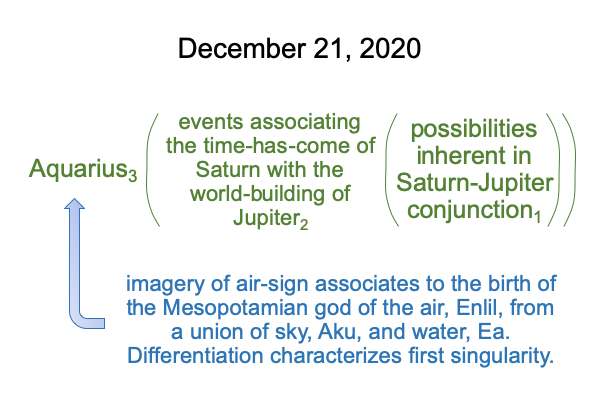Looking at Andrew Kulikovsky’s Overview (2005) “The Bible and Hermeneutics” (Part 7 of 10)
0047 Kulikovsky next turns to historical-grammatical exegesis as the proper method for reading the biblical text. Historical-grammatical exegesis takes into account the historical context and literary form. Articles XIV and XX of the 1978 Chicago Statement on Biblical Inerrancy concerns this type of exegesis.
0048 Article XIV affirms the historical realism of Scripture. The biblical record of events, discourses and sayings, as they are presented in a variety of appropriate literary forms, corresponds to historical fact (that is, reality).
It denies that such events, discourses and sayings were invented by the biblical writers (or by the traditions that they incorporated into the biblical text).
0049 Article XX affirms the biblical truth, as opposed to history, science and natural history. The Bible speaks truth when it touches matters pertaining to nature, history and other topics. God is the author of all truths, biblical and extrabiblical. Sometimes extrabiblical views may contribute to clarifying interpretation of Scripture.
It denies that extrabiblical views and materials disprove the teachings of Scripture and hold priority over it.
0050 Here is a picture.

0051 I wonder, “Do these constitute another greimas square?”
0052 The key (A1) is the affirmation of the historical reality of the biblical record. Because of this, the literary traditions of historic times must be taken into consideration. For example, if Noah’s flood story and Utnapishtim’s flood story expressed radically different literary motifs, then one could say that one derived from the other or that the two stories pertain to different historical events. But, this is not the case. Both stories share similar literary motifs of the ancient Near East.
0053 B1 contrasts with A1. B1 is the theologically unacceptable claim that the traditions incorporated in the Old Testament, as well as other mythic stories of the ancient Near East, invented certain events, discourses and sayings. Therefore, they do not correspond to historical reality.
0054 The contrast between A1 and B1 offers an interesting paradox.
The literary motifs of Genesis 1-11 are the same as literary motifs of the ancient Near East. Since these literary motifs are historical, there is strong reason to suggest that they pertain to the same historic events.
At the same time, the phantasmagorical quality of the origin stories of the ancient Near East suggests that narrative elements are invented. They are invented, but not from whole cloth. The fact that two fairly independent literary traditions portray similar events is good reason to say that they are not complete fictions.
So, the inventiveness characteristic of the literary traditions of the ancient Near East enrich this contrast, B1, and reveal that the Evangelical Theological Society is really against the implication that ancient inventiveness means “not true”. The origin stories of the ancient Near East are not total fabrications. They are memorials of things that took place in the past.
0055 A2 is the contradiction of B1 and the complement of A1. A2 is the theological affirmation that the biblical witness of nature, history and behavior is true and honest.
0056 B2 is the contrast to A2, the contradiction to A1 and the complement of B1. The Evangelical Theological Society denies that extrabiblical material can disprove the Scriptures, or even, has priority over Scripture. Yet, they couch that denial with the caveat that extrabiblical material cannot be fully ignored. After all, the preferred style of exegesis is called, “historical and literary”.
0057 So, after the denials are modified into affirmations that are vulnerable to denial, because they may be carried too far, Articles XIV and XX yield a greimas square.








